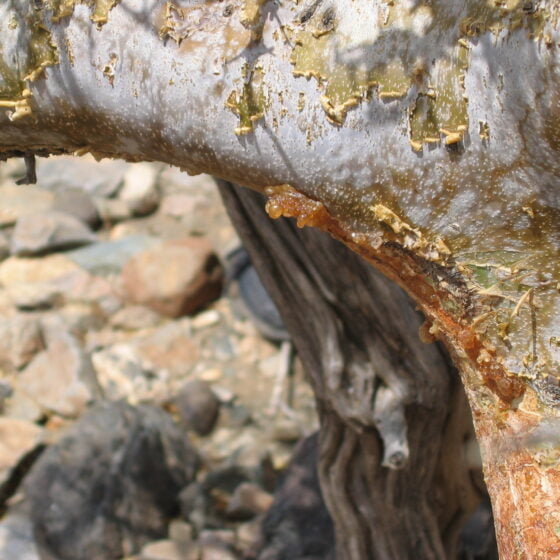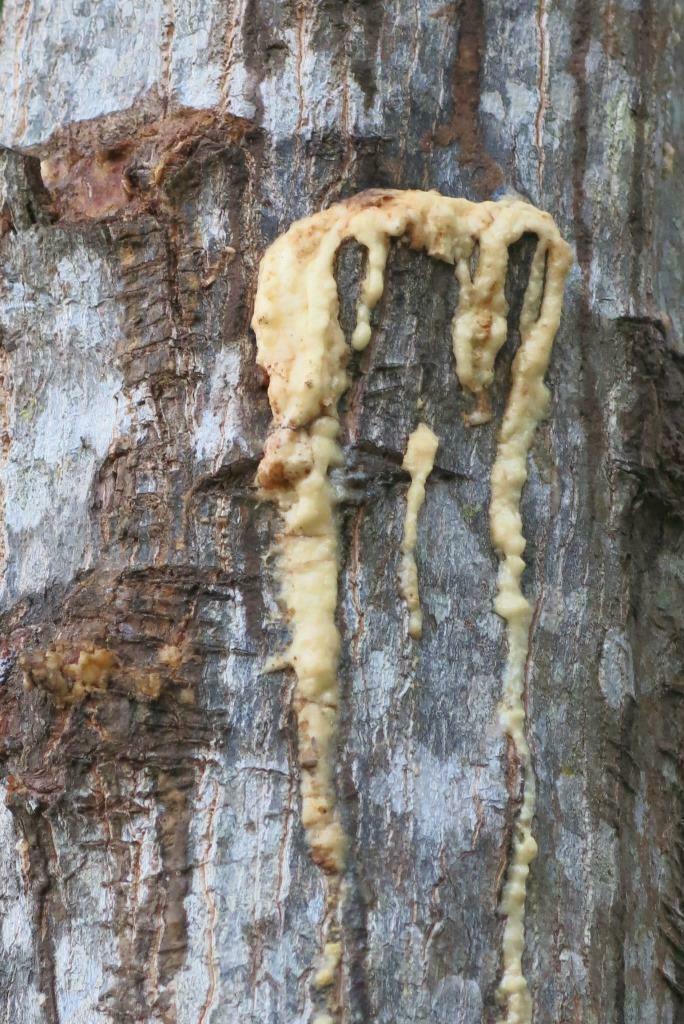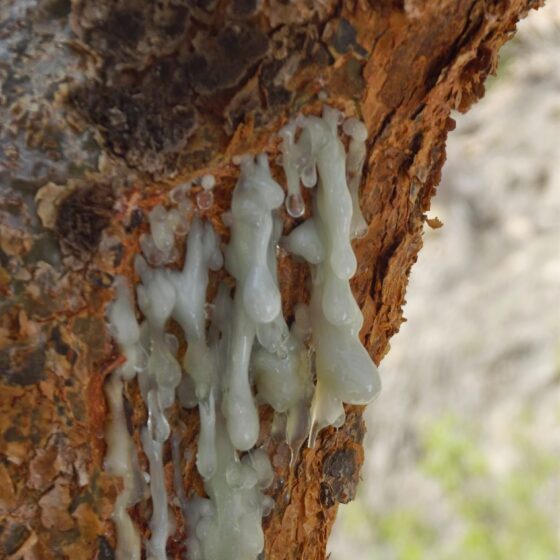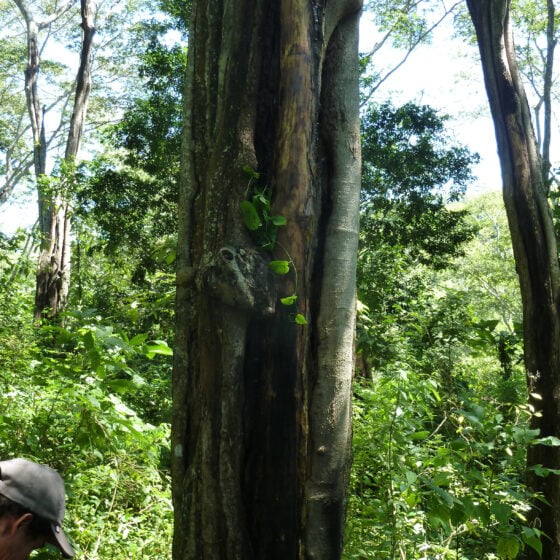
Benzoin Laos
Styrax tonkinensis
General data
Harvest Calendar
- J
- F
- M
- A
- M
- J
- J
- A
- S
- O
- N
- D
Product details Our added value
We ensure legal compliance at every stage of the supply chain, from harvest to export of the plant raw material, and work on supply chain sustainability. We process the gum ourselves at our production center in Seville.
Fragrance side
Benzoin is used in oriental accords or with floral raw materials such as rose or frangipani. Its cinnamic facet works well with raw materials having animal and smoky notes, like those of a tobacco accord.
About
Styrax tonkinensis is a large, birch-like tree native to East Asia. It grows wild on the highlands of Laos, Thailand, and northern Vietnam. There have traditionally been two qualities of benzoin with outstanding characteristics. Benzoin Siam, extracted from the Laotian Styrax tonkinensis, is known for its very round vanilla and balsamic facets. The second is spicier, with a less marked vanilla facet: benzoin Sumatra, which is extracted from two species of benzoin trees: Styrax benzoin and Styrax paralleloneurum from Indonesia.
After seven years in soil, the trees are exploited for a decade or more. To stimulate the secretion of its resin, the harvesters tap the trees, making incisions in their trunks. To do this, the collector climbs to the tops of the trees and then, on the descent, cuts the bark. As this resin flows from the tree, it is first white in color, then oxidizes when it comes into contact with the air. Its color then ranges from ivory to amber brown. The largest tears are clear, cream-colored, and tinged with orange; the smallest tears are a darker, amber color. After the harvest, the benzoin is transported in burlap sacks to warehouses, where the tears are cleaned and sorted, a manual activity traditionally performed by women.
Our added value
We ensure legal compliance at every stage of the supply chain, from harvest to export of the plant raw material, and work on supply chain sustainability. We process the gum ourselves at our production center in Seville.
Fragrance side
Benzoin is used in oriental accords or with floral raw materials such as rose or frangipani. Its cinnamic facet works well with raw materials having animal and smoky notes, like those of a tobacco accord.
About
Styrax tonkinensis is a large, birch-like tree native to East Asia. It grows wild on the highlands of Laos, Thailand, and northern Vietnam. There have traditionally been two qualities of benzoin with outstanding characteristics. Benzoin Siam, extracted from the Laotian Styrax tonkinensis, is known for its very round vanilla and balsamic facets. The second is spicier, with a less marked vanilla facet: benzoin Sumatra, which is extracted from two species of benzoin trees: Styrax benzoin and Styrax paralleloneurum from Indonesia.
After seven years in soil, the trees are exploited for a decade or more. To stimulate the secretion of its resin, the harvesters tap the trees, making incisions in their trunks. To do this, the collector climbs to the tops of the trees and then, on the descent, cuts the bark. As this resin flows from the tree, it is first white in color, then oxidizes when it comes into contact with the air. Its color then ranges from ivory to amber brown. The largest tears are clear, cream-colored, and tinged with orange; the smallest tears are a darker, amber color. After the harvest, the benzoin is transported in burlap sacks to warehouses, where the tears are cleaned and sorted, a manual activity traditionally performed by women.
Other type of extracts
(Balsamic)


